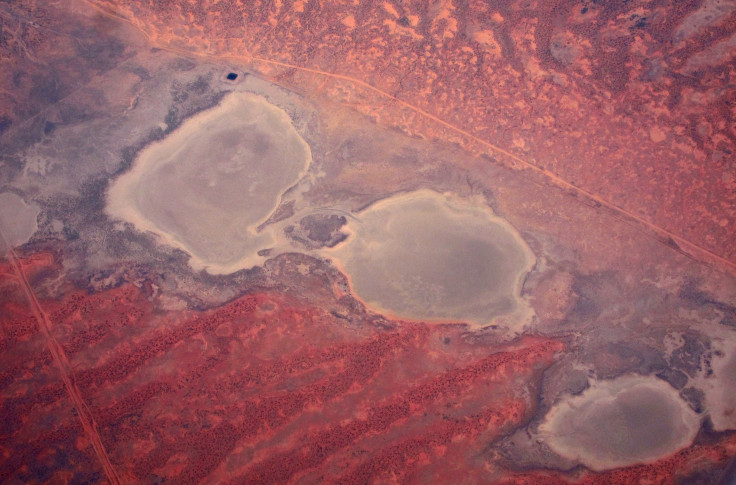Bureau of Meteorology confirms 2016 was fourth-warmest in Australia

Bureau of Meteorology’s Annual Climate Statement confirmed on Thursday that 2016 was the fourth-warmest year on record in Australia. The average national mean temperature rose 0.87C above average.
Senior climatologist at the weather bureau Blair Trewin told news.com.au the El Niño weather system and climate change are the primary causes of the soaring heat.
Globally, climate change has caused temperatures to rise over the long term.
“Australia’s climate in 2016 was certainly consistent with long term trends over the last century which has seen Australia warm to the same degree as the rest of the world and all the indications are these warming trends will continue into the future.”
The past four years have been in the top six hottest years in the country. The years that were warmer than last year were 2013, followed by 2005 and then 2014.
The past 12 months have witnessed prominent climatic events in Australia. These include bushfires in Victoria, Tasmania and Western Australia. There was also a nationwide heatwave from late February to mid-March.
Before the year ends, exceptional December rainfall was felt in the regions between the northwest of Australia and the southeast. This has caused flooding and flash flooding in the Kimberley, around Uluru in Central Australia, and around Adelaide, Melbourne and Hobart.
Tornado outbreak and severe thunderstorms caused extensive damage in South Australia in late September.
According to The Advertiser, Melbourne and Sydney are going to have highs in the mid-thirties in the next days. But it is the South Australians who are in the firing line with a string of 39C days.
“Our outlook for the early part of this year is relatively dry conditions in Eastern Australia, particularly NSW and southern Queensland, but conversely relatively wet conditions in much of Western Australia,” Trewin said.
“It’s unlikely 2017 will be as warm as 2016 globally but it’s likely to be warmer than all years prior to 2015.”





















